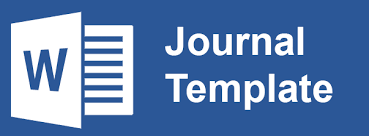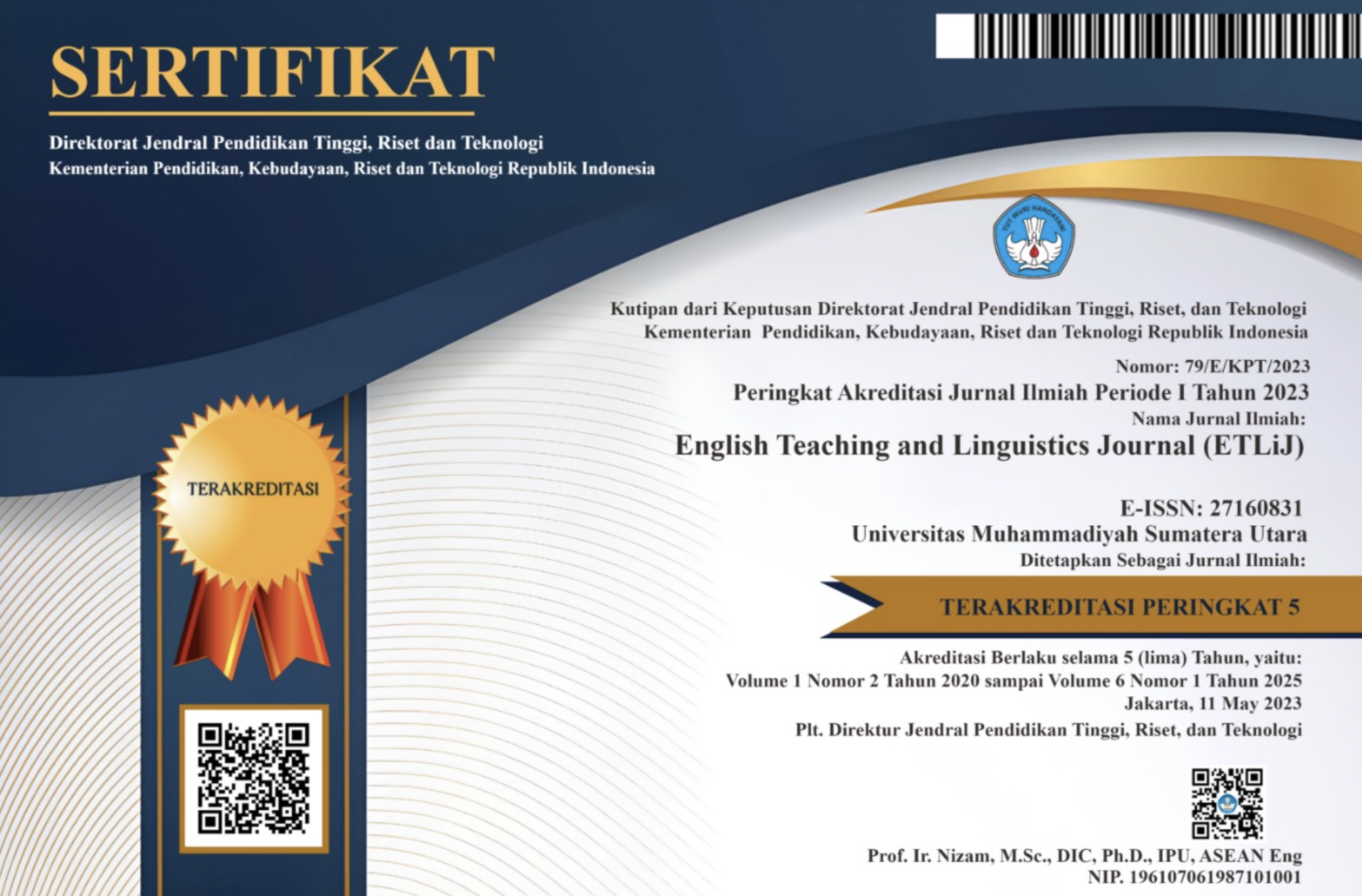CODE-MIXING IN SPEAKING OF TENTH GRADE STUDENTS AT SMAN 1 METRO ACCADEMIC YEAR 2019/2020
Abstract
Code-mixing is the use of two different languages in a sentence without changing the topic. The objectives of this research are to find out the types of code-mixing utilized in students speaking and to know the factors of code-mixing mostly occurred in students speaking. Due to covid-19, the researcher collects the data by using Triangulation namely Participant Observation, In-depth Interview and Documentation through Zoom and WhatsApp Application. Furthermore, analytical research is applied to analyze code-mixing in students speaking of tenth grade students at State Senior High School 1 Metro accademic year 2019/2020. Thus, the result shows that there are 23 out of 33 students use code-mixing in their speaking. It is found 45 code-mixing devided into three types including 21 Insertion which characterized by inserting one or more Indonesian vocabularies into an English sentence or utterence, 19 Alternation which characterized by the existence of clause or sentence alternation between Indonesian and English, and 5 Congruent Lexicalization which characterized by the existence of dialect from Indonesian inserted in tenth grade students English Speaking. Meanwhile, it is found that there are 4 factors of code-mixing namely interlocutor or the person whom they are talking to, culture or habit, confidence and lack of vocabulary.
Keywords
Full Text:
PDFReferences
Burns, A. (2019). Concepts for Teaching Speaking in the English Language Classroom1. LEARN Journal: Language Education and Acquisition Research Network, 12(1), 111.
Creswell, J. W. (2014). RESEARCH DESIGN (Qualitative, Quantitative, and Mixed Methods Approaches (4th ed.). SAGE.
Harjanti, M., Lubis, D., Suhanda, N., & Sumardjo, S. (2018). Code-Mixing in Online Discussion Forum among Progressive Farmer: Revealing Sundanese Culture Wisdom in Agriculture Community. Lingua Cultura, 12(3), 247. https://doi.org/10.21512/lc.v12i3.4175
Luoma, S. (2004). Assessing Speaking. In J. C. Alderson & F. L. Bachman (Eds.), Cambridge University Press (Vol. 18). https://doi.org/10.1017/s0267190500003548
Meyerhoff, M. (2006). INTRODUCING SOCIOLINGUISTICS. Routledge.
Muysken, P. (2000). The study of code-mixing. Bilingual Speech: A Typology of Code-Mixing, 110.
Nicoladis, E. (2012). Code Mixing. In The Encyclopedia of Applied Linguistics. Blackwell Publishing Ltd. https://doi.org/10.1002/9781405198431.wbeal0141
Paltridge, B. (2012). Discourse Analysis : An Introduction (2nd ed.). Bloomsbury.
Raihany, A. (2018). the Use of Code-Mixing on Keynote Speaker of Islamic Teaching Forum of Parenting and Children Education. OKARA: Jurnal Bahasa Dan Sastra, 12(1), 29. https://doi.org/10.19105/ojbs.v12i1.1760
Siregar, B. U. (1996). Code alternation in bilingual speech behaviour. USU Press.
Srinivas Rao, P. (2019). THE IMPORTANCE OF SPEAKING SKILLS IN ENGLISH CLASSROOMS. Alford Council of International English & Literature Journal(ACIELJ), 2(2), 618.
Sugiyono. (2015). METODE PENELITIAN PENDIDIKAN (Pendekatan Kuantitatif, Kualitatif, dan R&D). ALFABETA.
Yang. (n.d.). Basic Concepts of Research in Economics. CALIFORNIA STATE UNIVERSITY. https://www.csus.edu/indiv/y/yangy/145ch1.htm
Yuliana, N., Luziana, A. R., & Sarwendah, P. (2015). Code-Mixing and Code-Switching of Indonesian Celebrities: A Comparative Study. Lingua Cultura, 9(1), 47. https://doi.org/10.21512/lc.v9i1.761
DOI: https://doi.org/10.30596/etlij.v2i2.7447
Refbacks
- There are currently no refbacks.

This work is licensed under a Creative Commons Attribution 3.0 License
ISSN: 2716-0831





